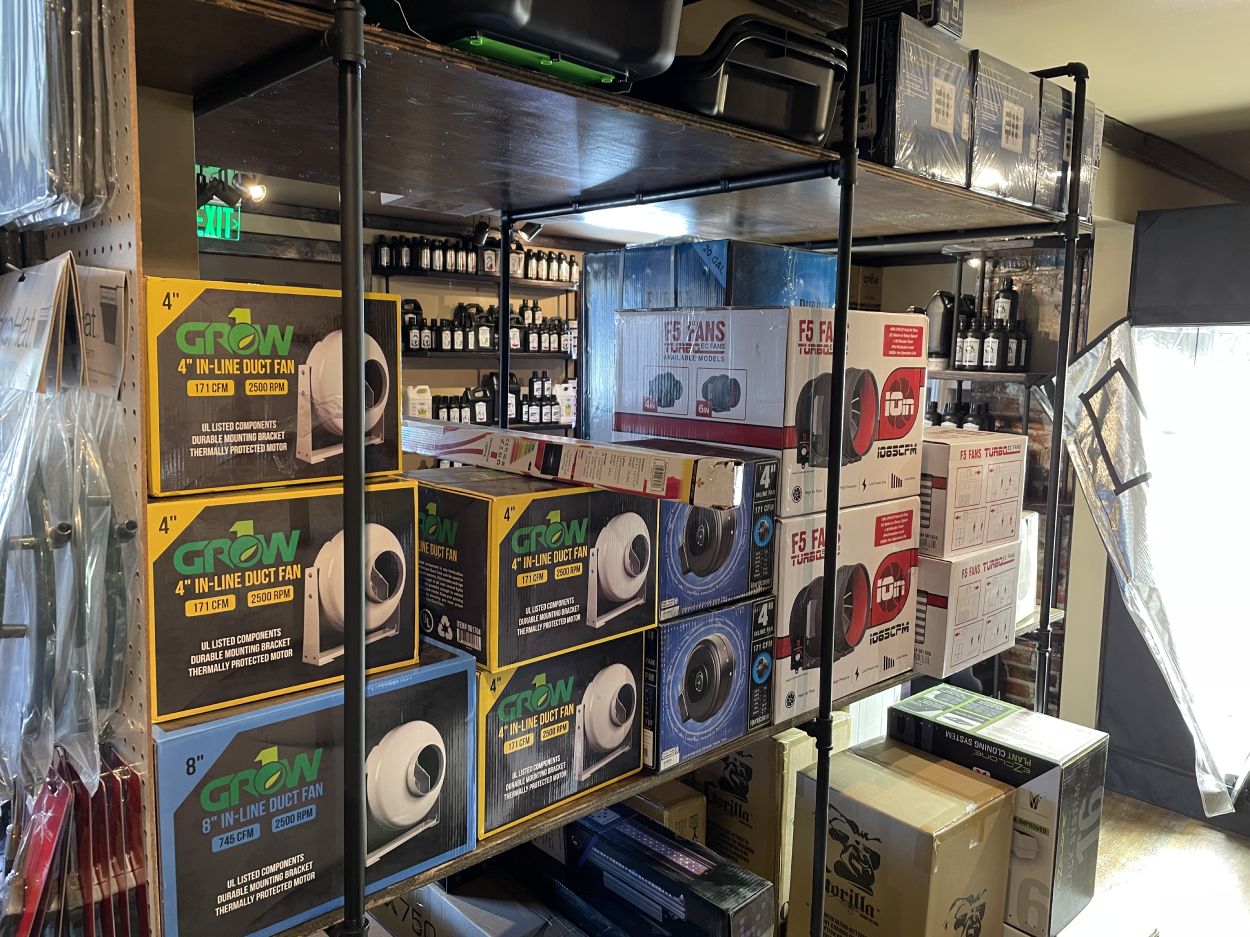Attain Gardening Success with The Indoor Earthworm's Growing Method
Attain Gardening Success with The Indoor Earthworm's Growing Method
Blog Article
Opening the Prospective of Hydroponics: Understanding Its Uses and Different Kinds
Hydroponics, an approach of cultivating plants without soil, has garnered raising attention for its possible to reinvent farming and gardening methods. The precision control over nutrient distribution, water usage, and environmental factors uses a look into a future where food manufacturing can be enhanced in different settings. As we browse via the intricate landscape of hydroponic systems and methods, it comes to be evident that each strategy holds distinctive benefits and constraints. By untangling the diverse usages and types of hydroponics, we can discover a world of opportunities that might improve just how we envision lasting farming and gardening techniques.
Advantages of Hydroponic Solutions

Another benefit of hydroponic systems is the capacity to expand plants in a smaller space. By eliminating the requirement for soil, plants can be grown up and down or in stacked systems, maximizing making use of offered space. This is specifically valuable in city locations or areas with minimal arable land. Furthermore, hydroponic systems reduce the risk of soil-borne conditions and bugs, as there is no dirt to harbor these dangers. This causes much healthier plants and reduces the demand for harmful chemicals, making hydroponic farming a much more environmentally friendly and sustainable choice.
Common Makes Use Of in Farming

Given the effective water conservation and space-saving advantages of hydroponic systems, it is obvious that these innovative farming techniques have discovered typical usages in numerous sectors of agriculture. In traditional farming, soil-based farming can be labor-intensive and land-consuming. Hydroponics provides a service by permitting plants to be grown without soil, reducing water use by up to 90% compared to conventional farming methods. This makes hydroponics specifically appropriate for areas dealing with water deficiency or minimal arable land. Moreover, the controlled environment of hydroponic systems allows year-round farming, supplying a regular supply of fresh fruit and vegetables no matter external weather.
Hydroponics is typically used for expanding a selection of crops, consisting of leafed greens, tomatoes, cucumbers, strawberries, peppers, and herbs. Furthermore, hydroponic systems are utilized in study and educational setups to examine plant nutrition, development, and cultivation methods.
Exploring Various Hydroponic Techniques
Hydroponic systems use an array of approaches that provide to various plant kinds and cultivation objectives. Furthermore, the Ebb and Circulation system, also recognized as the Flooding and Drain system, periodically floodings the plant origins with nutrient service, permitting for oxygenation during draining pipes durations. Each of these methods showcases the adaptability and effectiveness of hydroponic systems in improving crop growth and yield.
Contrasting Numerous Hydroponic Solutions
Checking out the efficiency and yield improvement strategies in hydroponics leads us my response to contrast various hydroponic systems readily available for plant growing. Each hydroponic system has its one-of-a-kind features, benefits, and constraints, making it vital for growers to choose one of the most ideal system based on their particular demands and constraints.
One of the most usual hydroponic systems is the nutrient movie technique (NFT), where a thin film of nutrient option continually flows over the plant roots. This system is valued for its water effectiveness and viability for expanding leafy greens and herbs. In comparison, the deep water society (DWC) system immerses plant origins straight right into the nutrient solution, providing sufficient oxygen and nutrients. The DWC system is cost-effective and relatively easy, making it a prominent option for novices.
One more prominent hydroponic system is the ebb and flow (or flood and drain) system, which periodically floodings the read plant origins with nutrient option prior to draining it. This cyclic process guarantees appropriate aeration for the roots while supplying nutrients successfully. Furthermore, the aeroponic system suspends plant roots in the air and mists them with a nutrient service, promoting fast development and high oxygenation degrees. Growers searching for a flexible system that reduces water usage often choose aeroponics. By recognizing the distinctions between these hydroponic systems, farmers can make enlightened decisions to make best use of plant yield and quality.
Technologies in Hydroponic Innovation
With advancements in hydroponic modern technology, the agricultural sector is seeing a change towards a lot more lasting and reliable growing approaches. Developments in hydroponic modern technology are transforming the means plants are grown by making best use of yields, preserving sources, and decreasing ecological impact. One crucial technology is the development of wise hydroponic systems that make use of sensors and automation to keep an eye on and readjust environmental conditions such as pH degrees, nutrient focus, and light exposure in real-time. These systems allow exact control over expanding conditions, resulting in ideal plant growth and greater crop yields.
One more significant innovation is the assimilation of upright farming techniques with hydroponic systems, enabling the cultivation of crops in stacked layers. This vertical approach optimizes room application, making it ideal for urban environments where land availability is limited - The Indoor Earthworm. Additionally, the use of advanced LED lighting systems tailored to details plant needs has actually boosted power effectiveness and improved growth rates Click Here in hydroponic setups
Innovations like these are driving the evolution of hydroponics, making it a sustainable and highly attractive alternative for modern-day agriculture.
Conclusion
In conclusion, hydroponics uses many benefits in agriculture and has various strategies and systems that can be used to maximize its possibility. Advancements in hydroponic innovation proceed to improve performance and sustainability in food production. By understanding the usages and different kinds of hydroponic systems, farmers and cultivators can open the complete potential of this cutting-edge technique of growing plants without soil.
Furthermore, hydroponic systems allow for better control over nutrient degrees, pH equilibrium, and ecological conditions, leading to much healthier plants and greater yields.

Report this page